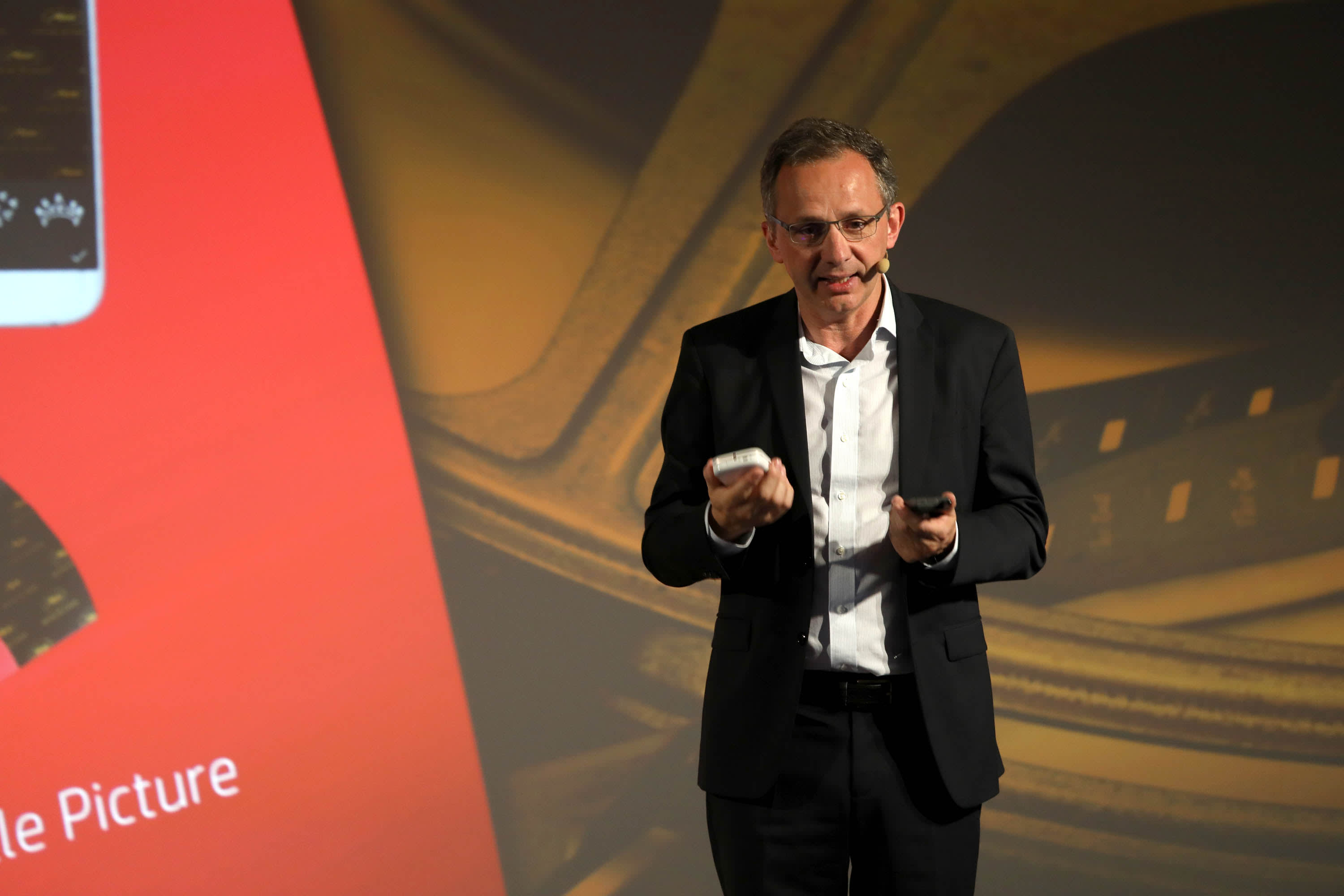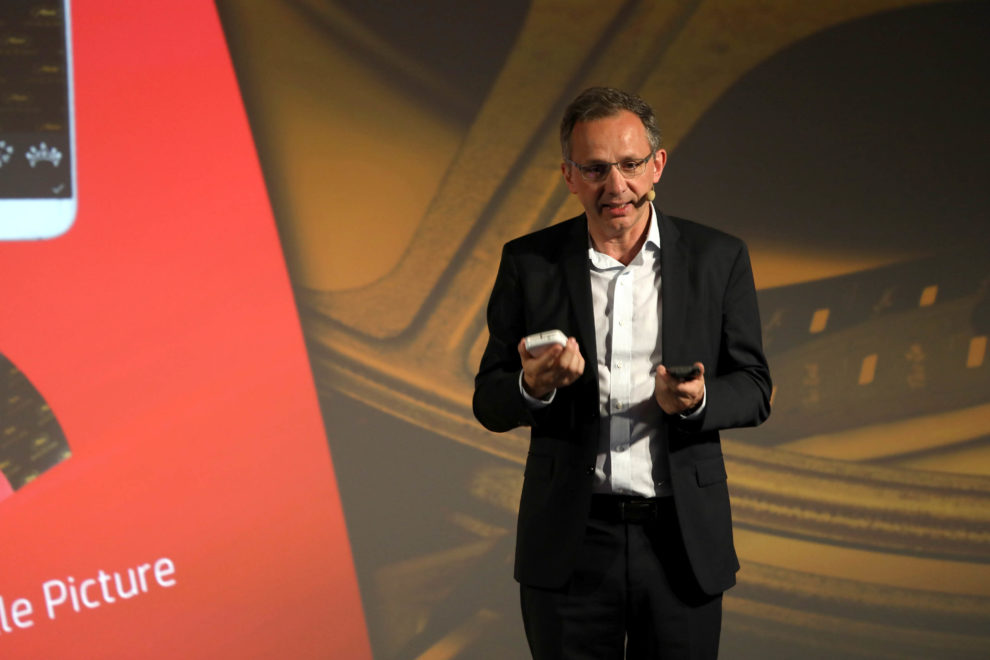
HP stock rose as much as 3% on Tuesday after the company showed acceleration in revenue growth in the fiscal fourth quarter and issued strong guidance.
Here’s how the company did:
- Earnings: Excluding certain items, 60 cents per share, vs. 58 cents per share as expected by analysts, according to Refinitiv.
- Revenue: $15.41 billion, vs. $15.25 billion as expected by analysts, according to Refinitiv.
HP’s revenue rose 0.3% on an annualized basis in the fourth quarter, which ended on Oct. 31, according to a statement. The results ended a spell of six quarters of slowing sequential revenue growth. Revenue grew 0.1% in the fiscal third quarter.
HP’s biggest business segment, Personal Systems, which includes sales of notebook PCs and desktops, contributed $10.43 billion in revenue, up 4% year over year. That beat the $10.27 billion consensus among analysts surveyed by FactSet.
The Printing segment had $4.98 billion in revenue, down 6% and below the $5.03 billion FactSet consensus estimate.
HP is seeing weakness in China and some European countries, CEO Enrique Lores told CNBC in an interview on Tuesday.
In the fiscal fourth quarter, HP said Lores would replace Dion Weisler as its president and CEO, announced the acquisition of security start-up Bromium and announced a restructuring plan. Lores began his tenure as CEO on Nov. 1. He joined HP more than 30 years ago and was most recently president of the company’s Imaging, Printing and Solutions business.
Earlier this month, Xerox made it clear it was interested in acquiring HP, whose market capitalization, at over $29 billion, is over three times larger than Xerox.
Xerox was prepared to offer $22 per share to HP shareholders for a transaction that would have been worth $33.5 billion. (On Nov. 5, prior to a Wall Street Journal report that Xerox was thinking about offering to buy HP, HP shares ended trading at $18.40 per share.) HP’s board rejected Xerox’s proposal on Nov. 17, saying it undervalued HP. On Nov. 21, Xerox set an ultimatum of Nov. 25 at 5 p.m. ET for HP to agree on mutual due diligence.
On Tuesday Xerox announced a plan “to engage directly with HP shareholders to solicit their support in urging the HP Board to do the right thing.”
Analysts at Evercore ISI led by Amit Daryanani upgraded their rating on HP stock to the equivalent of buy from the equivalent of hold, and raised their target price to $24 from $19, in a note distributed to clients on Nov. 10.
“We see multiple paths from here that could enable the stock to work higher from current levels as the status quo is likely unsustainable given that XRX’s offer for HPQ likely creates pressure for HPQ management and board to maximize value for shareholders,” the Evercore analysts wrote.
Lores said he and his colleagues would not talk about the Xerox bid during a conference call with analysts on Tuesday.
With respect to guidance, HP is forecasting 53 cents to 56 cents in earnings per share, excluding certain items, for the first quarter of the 2020 fiscal year. Analysts polled by Refinitiv had expected 53 cents in earnings per share for that period, excluding certain items.
For the full fiscal year, HP is calling for $2.24 to $2.32 in earnings per share, excluding certain items. Analysts surveyed by Refinitiv were looking for $2.23 in earnings per share, excluding certain items.
Steve Fieler, HP’s chief financial officer, said the company thinks it will face chip supply constraints in the first half of 2020. Last week Intel disclosed that it had told customers it was seeing limited PC chip supply. The supply constraints could prolong the PC refresh cycle to upgrade to Microsoft’s Windows 10 operating system, Fieler said.
“Based on the current roadmap from the U.S. administration, I would say we have made all the necessary changes to compensate for the potential [tariff] increases that will be happening now in December,” Lores told CNBC on Tuesday.
HP stock is down about 2% since the beginning of 2019.
WATCH: HP raises questions over Xerox proposal









